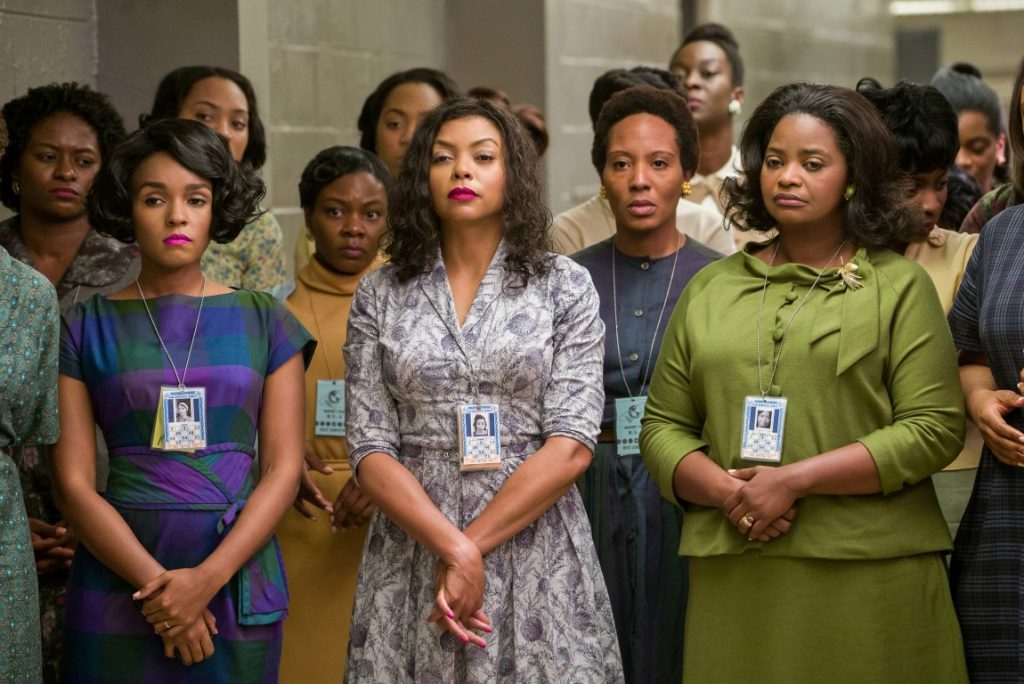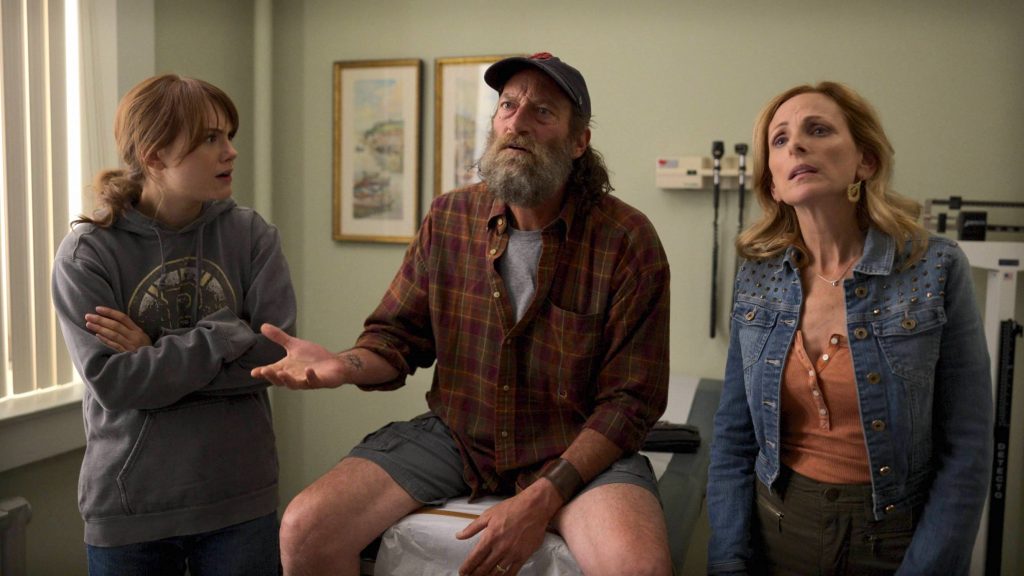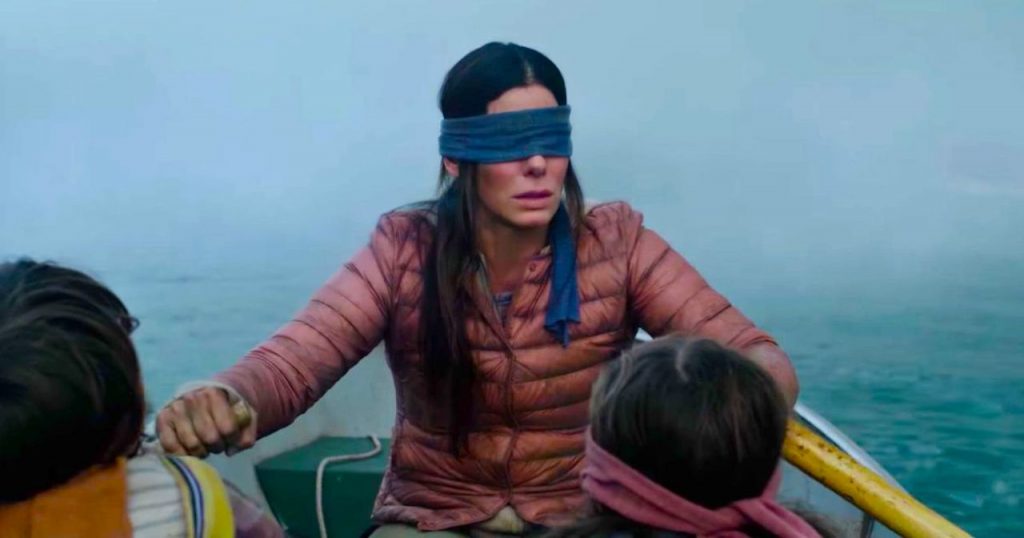- 12 Ways To Get Your Script to the YES Pile (Part 1)
- 12 Ways To Get Your Script to the YES Pile (Part 2)
You’ve seen it yourself, I’m sure. An opening gambit on a movie or TV episode. Expectations are high. You’re intrigued. And then you find your mind wandering – already mentally searching for something else to watch – the promise only to end in disappointment way before the midpoint of the story or episode two of the series.
Now imagine you’re a script reader or producer. You’re favorably teased by the logline and perhaps synopsis as you open the 10th of 20 scripts to read that week. And within 10 pages (or less) you’re throwing it on the ‘no’ pile. You can’t even recommend the writer. The whole experience is blah or worse.
Next.
How do you engage and keep a reader?
Simple and not so simple.
1) A Great Premise
This is first. A logline is like the amazing smell coming from the simmering stuffed peppers or the wrap-around-your-brain aroma of garlic in butter in the frying pan.
That’s the logline or tagline.
“Three teenage boys are accused of the satanic brutal murders of three 8-yr-old boys in West Memphis, AR.” That’s Devil’s Knot.
“In Space, No One Can Hear You Scream.” The tagline for Alien.
Hidden Figures is the true story about the crucial role three African-American women played in the NASA program during the early days of the U.S. space program. Their roles were largely unknown. The logline intimates the story within.

Cast of Hidden Figures
A great logline starts the process.
2) A Bravura Opening
Keeping a culinary theme going, amuse-bouche is a term meaning “mouth amuser,” the goal of which is to tease the pallet and create an anticipation for the main entree. Basically, an appetizer, the tease itself must be worthy, so a lot of thought goes into the small portion to make them a hit and lay the path for the upcoming meal.
A great opening, something that compels and intrigues, goes a long way to giving your script a fighting chance.
Bond films are at times heavily criticized for their formulae, but that formula works. Re-watch the opening for Casino Royale where Daniel Craig’s James Bond is a threatening shade in the dark sent to fulfil the requirements of his double 0 designation – meaning he must kill two people before he is given his official license to kill.
Consider how the opening is brilliantly stacked.
A man gets out of a car in Prague. Goes to his office. As mentioned, Bond is there in the dark. The man asks how his contact died (understanding that Bond is there because his contact is likely dead).
DRYDEN
If the theatrics are supposed to scare me,
you have the wrong man, Bond.
(beat)
If M was so sure that I was bent she’d have sent a double-0.
(beat)
Benefits of being section chief…
Dryden takes off his gloves, exposes a gun in a drawer
DRYDEN
I’d know if anyone had been promoted to double-0
status wouldn’t I?
(beat)
Your file shows no kills, and it takes—
BOND
Two.
There’s a cut in of furious, truly brutal hand-to-hand as Bond fights a man in a bathroom.
BACK TO SCENE
DRYDEN
How did he die?
BOND
Not well.
Cut in more more brutal action showing this.
BACK TO SCENE
DRYDEN
Made you feel it, did he? Well
you needn’t worry. The second is–
THWIP! Bond shoots him.
BOND
Yes.
(beat)
Considerably.
This sets the table and the next scene and the one after that just builds on this amazingly paced and interesting opening.
Keep that up and by the time a reader realizes it, they are reading a satisfying FADE OUT:.
3) Structure Maintains The Pace
Lots of writers I know eschew structure. Tentpoles? Passé. Three acts? De classé. Except they are not. Tentpoles and acts help keep your script on track and moving forward at a good pace.
Anyone who reads a lot of scripts, unconsciously, will react favorably to a well-structured piece. Story being story being story, nothing will get your work put down faster than a poorly-structured tale. Readers know at least intuitively when something isn’t working and despite this craze of telling a story with tricks and gimmicks, the stuff that gets made and lasts is fundamentally a story that follows conventions of narrative.
Game of Thrones was an eight season, unqualified hit. It maintained a consistent narrative thread throughout keeping several storylines going without fail. It never had to resort to gimmicks. And it set records.
CODA is another multi-award nominee and winner that is simply a great story told well with a traditional three-act structure. (Check out our interview with screenwriter Sian Heder).

Partial cast of CODA. Photo courtesy Apple TV+
4) Scene Length
Invariably some student will point at a multi-page, talking-head scene as a defense against their own multi-page talking-head scene. “But David Mamet does it,” they might proclaim. Yep. He does – and he doesn’t. But he knows how and he knows the difference. The easiest way I know to get your script put on the ‘no thank you’ pile (besides atrociously bad grammar, punctuation, formatting, and spelling) is to have scenes go on past their sell-by date.
Suddenly, a reader is in the middle of tedious monologues or action scenes that tumble on for pages looking to pull the emergency chute on the script.
On and on until
1) You’re lost in the read or
2) You’re bored with the moment or
3) Both.
It’s hard to teach pacing. It does come, eventually. But if you’re aiming for specific goals (tentpoles) and act breaks then you start to get a feel on how long everything should go.
One of the keys to proper scene length is an understanding of how much and when to release information. Beginners tend to front load with information. Not only is this a bad idea but it’s worse because that information isn’t necessary at that time.
Consider the opening of Arrival. Amy Adams narrates.
LOUISE BANKS (V.O.)
I used to think this was the beginning
of your story.
(beat)
Memory is a strange thing. It doesn’t work
like I thought it did.
We are so bound by time, by its order.
Okay. Okay. Come back to me.
Come back to me.
Come back to me.
We watch her and a newborn on the screen while this voice over proceeds. What we don’t know and won’t find out until the end is she’s already aware that the baby she’s kissing will die as a teen because her perceptions of time have been altered by her contact with the alien language she will work on.
Information about this is dripped in until all is finally revealed to be connected and it’s brilliant. But there are no big huge expository moments here. It’s appropriate information at the appropriate place, pace, and time.
Keeping the reader hungry (but not confused obviously) will keep the suspense high and the boredom low and get you that complete read.
5) Scene Settings
If I’ve called out one student about restaurant or coffee shop scenes I’ve called out hundreds. Why in the world, which is vast and varied by the way in case it hasn’t been noticed, would you set such a static scene? Just because you spend time in those settings in real life does not mean your characters should too.
There’s a script doctoring term given to scripts which feel static – it’s called opening them up. Yes, TV is a talking heads medium. Yes, movie people eat food and drink coffee. But watch quality work and notice that eating and coffee is normally consumed on the move or in a situation rife with suspense.
Vary your scenes, open up your script, make it visually interesting – that’s the sign of a pro or someone who soon will be.
6) Defy Conventions
Movies and TV are basically visual mediums. Of course, writers like Aaron Sorkin use stunningly clever and powerful dialogue to get across the story. What would The West Wing be without the incredible give and take of the characters? Or something like the classic Twelve Angry Men?
In good hands apparently.
A Quiet Place has somewhere around only 100 lines of spoken dialogue. John Krasinski knows movies and TV and how to make something unique. A simple premise: Earth becomes invaded by aliens who can track you by sound became a successful film and sequel. In order to make it work, Krasinski had to create a ‘quiet’ story that gets across everything without a lot of talking. Brilliant.
Bird Box shows a family trying to survive in a post-apocalyptic world without using one important sense – sight. Sandra Bullock has to move her family to safety while all are blindfolded because to look onto the face of the Medusa, er uh, aliens means death.

Malorie Hayes (Sandra Bullock) in Bird Box. Photo courtesy Netflix
“CODA” (based on La Famille Bélier) is a drama, and much of the story is not spoken because CODA means Child Of Deaf Adult. It’s a slice of life that we don’t normally see – or hear.
The story is simple, the execution is not. And that keeps you engaged as we traverse the very compelling story of a teen who has to choose between her own blooming life and that of her deaf family.
The sign language is written in italics in the script and subtitled in the movie.
CHUBS
How much is that gonna cost?
TONY
Eight hundred bucks a day.
MONDO
Come on, that’s gonna kill us.
Ruby turns to Frank, delivering this blow.
RUBY
Eight hundred a day.
FRANK
That’s more than we make in a day.
RUBY
Don’t tell me, tell them.
It’s visually interesting enough to keep you reading – that and it’s also very well-written.
But CODA goes beyond just simple visuals. There are at least three scenes I can point to that I haven’t ever seen in any film.
Since Ruby is her family’s translator she gets stuck in awkward situations. Especially when her and her parents are at the doctor’s office and she has to convey the diagnosis.
RUBY
His, you know…
FRANK
They’re like angry hard little
beets. Covered in barnacles.
RUBY
I got it.
FRANK
And your mother’s got it even
worse. Like a boiled lobster claw.
Ruby squirms, mortified.
DOCTOR
Right, so the layman’s term for
what you both have is “jock itch.”
When Ruby and Miles are practicing their duet, there’s suddenly a lot of noise – like a woman screaming. Ruby quickly realizes that her parents, not knowing she’s home, are having sex. She can’t knock on the door or shout at them to stop so she has to crack the door, flick the light, and hope they stop. They do and she’s embarrassed, but it’s nothing compared to her father and mother after the fact wanting to talk to her and Miles about safe sex. Oh my. The gestures.
Then, such a beautiful moment it caught my breath. Unable to fully describe how singing makes her feel with words, Ruby resorts to sign language, he first language since everyone in her family but her is deaf, to describe the floating feeling.
BERNARDO
How do you feel when you sing?
RUBY
I don’t know. It’s hard to explain.
BERNARDO
Try.
Ruby thinks. Then, unsure of how to express it, she SIGNS.
Her two fingers make a figure standing still while her other hand circles to become the “universe,” which spins and grows
out of her hands into the air around her. No tricks or gimmicks – just a story that speaks of her truth as a child of deaf adults. And it was rewarded with an Academy Award in 2022.

